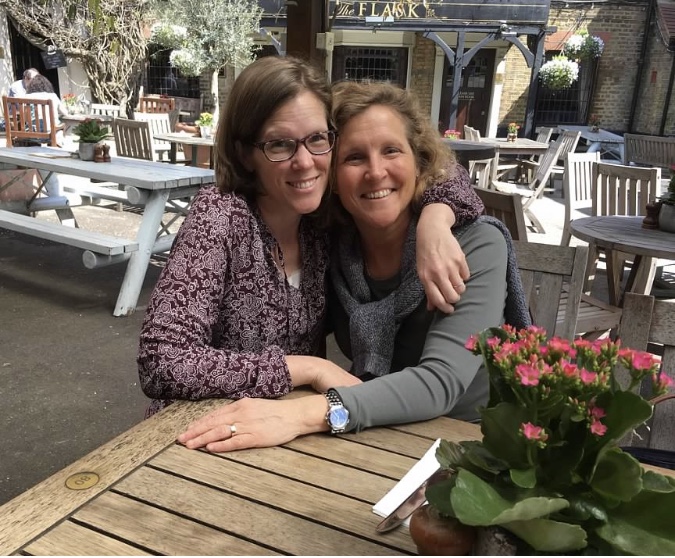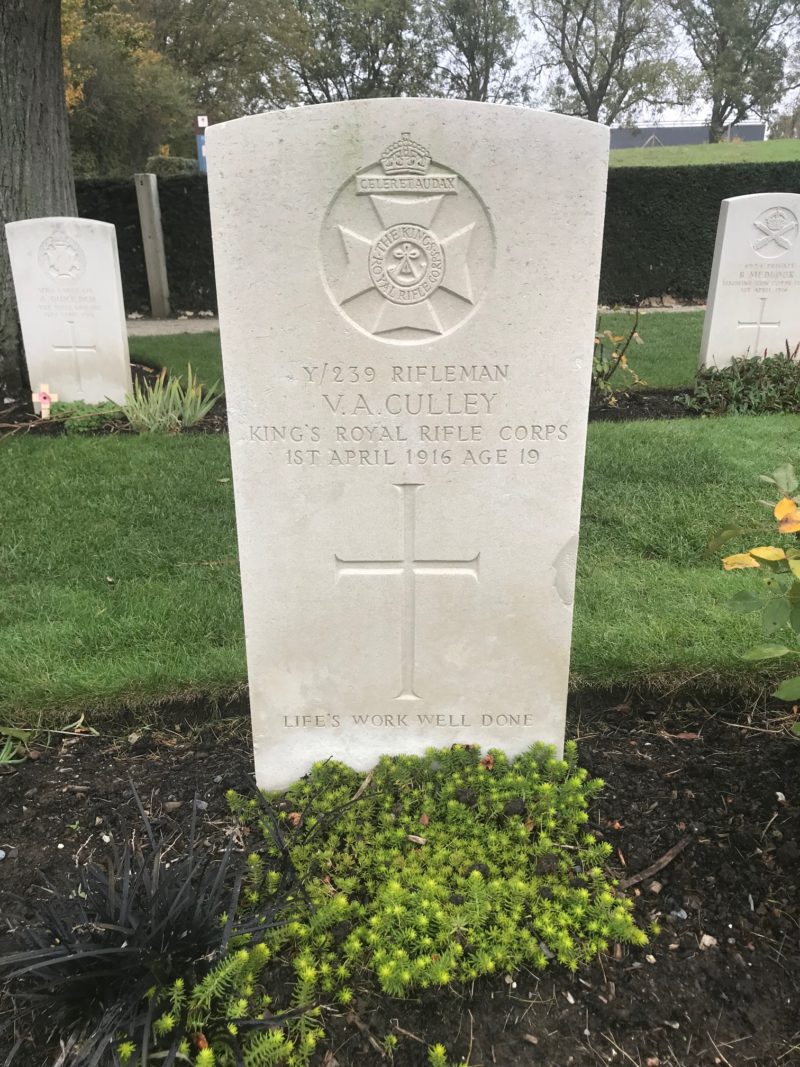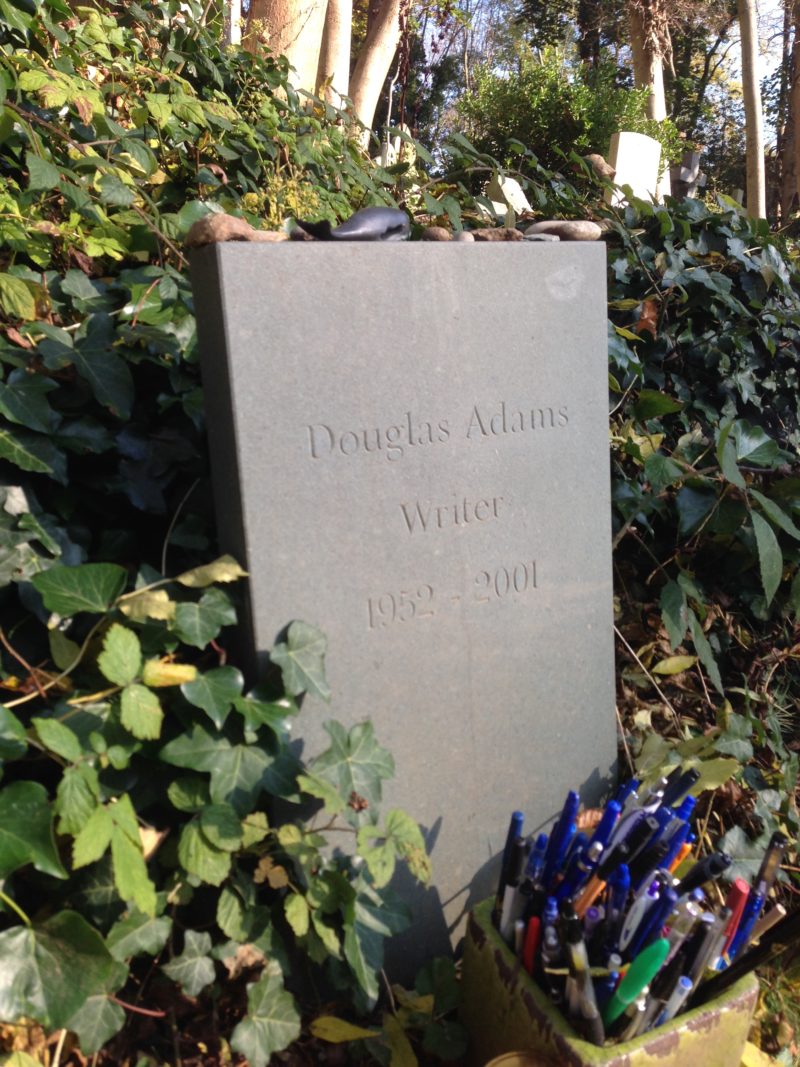By Kristy Taylor
About a year ago, I got a phone call early one Friday morning. It was one of my sisters calling to say my oldest sister was in the hospital with a pulmonary embolism and one of us had to get on a plane and go help out for the next week. The catch: she lived in London. After a few more phone calls within the family (then a few more to babysitters, carpoolers, and American Airlines), I was elected the most available, and since I’m always willing to hop on a plane and go to London, I left my home in Texas and my four children twelve hours later. What followed was one of my favorite weeks in my favorite city.
My parents had lived in London when my children were small, my oldest daughter had studied there and is there again now for graduate school, and my sister had already lived in London for several years by this point. I had visited once or twice a year for the last twenty years; this is a city I was very familiar with. This trip, however, was unusual in that I had nothing planned but accompanying my sister to doctor visits, making chicken soup, and doing the grocery shopping. But it turns out I also had a lot of time to myself while my sister took long naps or tried to catch up on some work from home. The slower pace of this trip allowed me the time to explore my sister’s neighborhood in depth—Highgate Village.

Located on the northern edge of London, Highgate Village borders the lovely Hampstead Heath and is easily accessible on the Northern Line from Central London. The name of this village was first recorded in 1354 when the Bishop of London erected a tollgate on Highgate Hill, bordering his land. In following centuries, Highgate School was founded in 1565 (now one of the most elite schools in the area), Charles II’s mistress, Nell Gwynne lived here, as did Sir Francis Bacon and A. E. Housman. Samuel Taylor Coleridge spent his last eighteen years here and is buried in the local church, St. Michael’s (moved from his original resting place in the crypt of Highgate School). You can’t walk around the village without tripping over London’s Blue Plaques. The same idyllic road just off the High Street where Coleridge lived has since then been home to Annie Lennox, Jude Law, Kate Moss, Jamie Oliver, and until recently, George Michael. His makeshift memorial enveloped the small garden in front of the street for months until it was recently removed. Emma Thompson was his neighbor. While spending my time watching for Jude Law in the pub or Emma Thompson in the coffee shop, I also explored Highgate High Street and its perfect array of shops and restaurants. There you will find bakeries, the perfect little bookshop, a florist, boutique shops (one in particular selling great woolens), and a little park to sit with your newest book and pastry while wearing your new hat.
Even better than the High Street, is Highgate Cemetery, located just to the south and easily reached by walking through Waterlow Park. Opened in 1839 when central London cemeteries had reached maximum capacity, it was one of the Magnificent Seven, the new set of cemeteries built around the outskirts of town to relieve the sanitation and overcrowding problem in city graveyards. Over the following decades and into this century, Highgate Cemetery has become the fashionable resting spot for dignitaries of all types, most notably, Karl Marx. The cemetery is divided into the East and West Cemeteries, with the West closed except for small tours. Buried in this side of the yard are George Michael, Bob Hoskins, Christina Rossetti and many of her family members, much of Charles Dickens’ family though not the author himself, Elizabeth Siddall, Adam Worth (criminal inspiration for Sherlock Holmes’s nemesis, Moriarty), and Russian poisoning victim Alexander Litvinenko. It’s a who’s who of the local dead.

The East Cemetery, where you can enter and wander for a small fee, is equally notable and my favorite afternoon activity in the area. I love visiting an old cemetery. It’s kind of like visiting a library: hushed voices, measured footsteps, tranquility, and a certain reverence for life and people’s accomplishments. One day on my visit, I found a fox curled under a tree next to a gravestone. Another day, I wandered farther off the main path to find some poignant reminders of lives long-since forgotten—families who lost a handful of children in as many years, wives and mothers losing a father and a son in the same war, aging and flaking headstones barely readable after 200 years. Cemeteries make me wonder about these people and their lives, I empathize with people I’ve never met. When you’re in that quiet space, away from the noise of the road and the chaos of modern life, time is suspended and one can imagine that this spot would have felt very much the same a hundred years ago. Standing in front of a headstone for a young rifleman who was killed during the Great War at just 19, next to my son of the same age, I read his epitaph: “Life’s Work Well Done.” I thought of this soldier’s mother, choosing that phrase to honor her boy, and how grateful I was that mine was standing next to me so recently returned from his own harrowing experiences in West Africa. If I had been alone, I could have stayed and grieved over another mother’s loss for hours.

Mourning with those who mourn may sound grim and macabre and may not be reason enough for some to visit a cemetery like Highgate, but there are plenty of other reasons, as well. Visiting the East Cemetery, you can find Douglas Adams’ grave, author of The Hitchhiker’s Guide to the Galaxy. By his headstone is a cup of pens, gifts from grateful admirers in lieu of flowers. I found this a very fitting tribute from fans with a sense of humor and appreciation. Also nearby are George Eliot and her common-law husband, George Henry Lewes; North and South actor Tim Pigott-Smith; poets, baronets, and activists buried next to children and soldiers. A cemetery such as this one shows us the connection we all have to each other—where else would you find Karl Marx and the original manager of the Sex Pistols in one place. We can learn empathy and compassion for lives well lived and struggles overcome. We can be inspired to pick up Middlemarch again, or one of the newer novels set in Highgate Cemetery, such as Audrey Niffenegger’s Her Fearful Symmetry, or Tracy Chevalier’s Falling Angels. On this particular trip to London, I was particularly glad for a few quiet afternoons of tranquility in a lovely spot where I could escape and be reminded of the greatness of “life’s work well done.”
Kristy Taylor studied French, English, and Humanities as an undergraduate and has a Master of Arts in Italian Renaissance Humanities from Brigham Young University. She has been an English teacher, copy editor, and technical writer. Currently she serves on a Board of Directors for a non-profit tasked with preserving and digitizing historical documents. She writes the Life of a Queen series for Anglotopia, and you can always find her at the book and travel website, www.aworldelsewhere.net.











